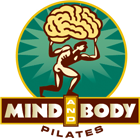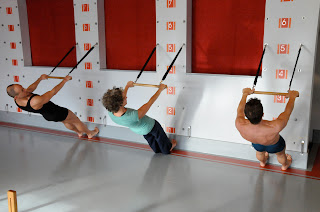Breathing. We all do it if we’re alive. But because it is so fundamental, it is only natural that breath patterns. philosophies and rules have developed over the millennia. Pilates has breath philosophies as well – the most famous quote being “you have to ‘out’ the air before you can ‘in’ the air.” (Makes more sense in German where the word for breathing out is ‘ausatmen’ but you put the ‘aus’ (out) part right at the end of the sentence).
On the other hand, when I am lifting weights at Crossfit and I am doing a deadlift, for example, of 275 lbs. I definitely NEED and MUST HOLD MY BREATH. Why is this? And isn’t that antithetical to the Pilates ‘breath’? In Pilates, we don’t put the kind of loads on our bodies that Crossfit or other weight training does and so we can continue to breathe through the exercise and train the breathing mechanism to work steadily and efficiently.
However, the Pilates breathing in many circles has now run amok. Breathing for every little movement isn’t logical or necessary. I also believe if you are focusing on the choreography and trying to find the correct muscles working in a coordinated fashion, giving a breath pattern is one variable too many to try to track. Some general breathing patterns can be helpful – ‘exhale on the effort’. Just breathe! And don’t worry too much about it.
There was a study I read about a few years ago that asked is it better to move on the exhale or inhale. Their conclusion? Neither was better than the other. Except to actually breathe.
One last thought. When I do any house painting, I rarely tape off for the trim. I have a very steady hand. But I have found that when I am painting the trim, if I consciously breathe steadily and regularly my trim line is even straighter. Conclusion? Keep breathing.


